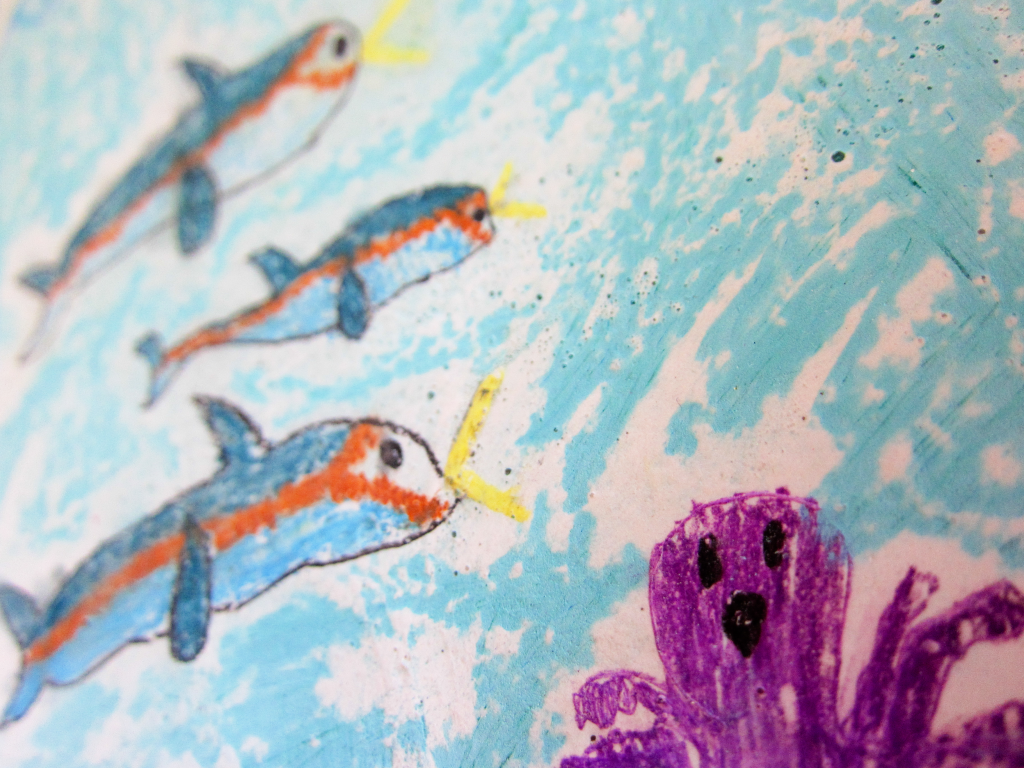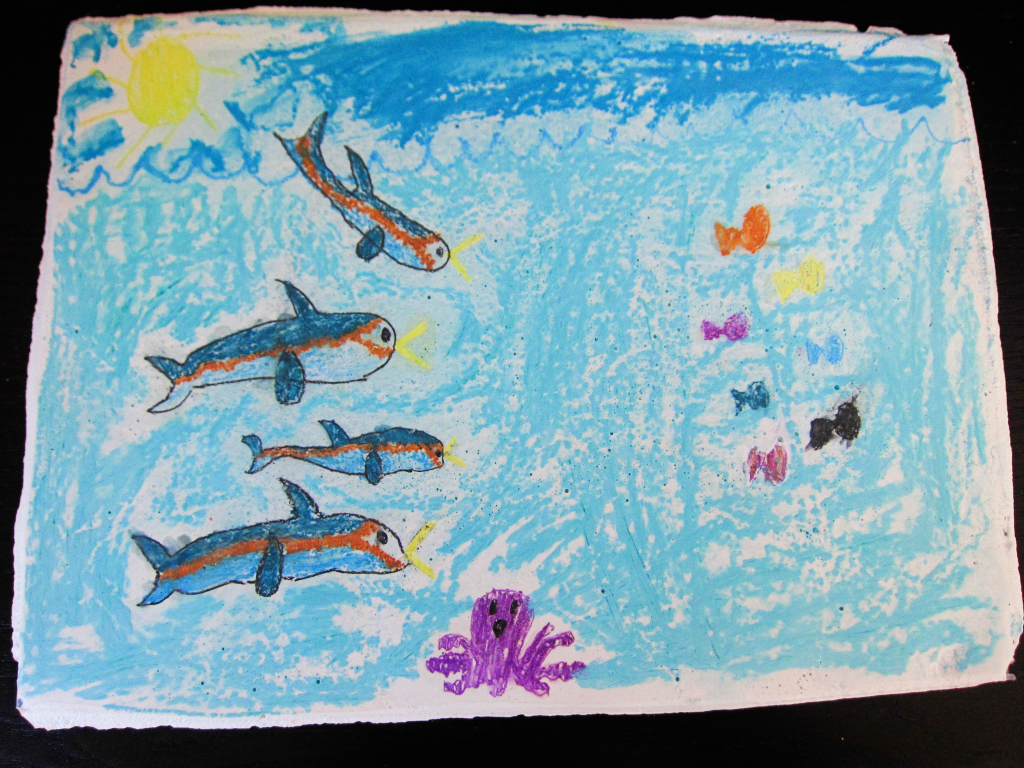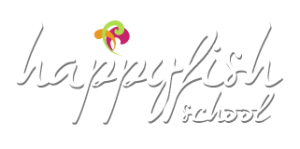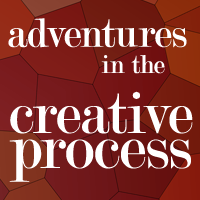minoan fresco secco

Studying the Minoan civilization with The Mystery of History Volume I: Creation to the Resurrection – we stumbled across this “Pastel Fresco Secco” activity on the Dick Blick website. They have FREE art lesson plans for educators for all grade levels and abilities complete with supply lists, online videos and PDF step by step instructions. Since the Minoans had amazing fresco paintings of marine life and Pebbles LOVES marine creatures and dolphins thought this would be a really fun art history tie in.
The great thing about this art project is that you are drawing on plaster just like the Minoans did with their pigments.
What do you need?
- plaster of Paris
- burlap or a mesh screen (the type used for beginners cross-stitchery)
- pastels
- white glue
- newsprint
- mixing bowl
- spatula
- scrap cardboard
- sponge
- sandpaper (optional)
- brush
Simplified instructions:
- mix up your plaster according to the directions
- put newsprint down to protect your table
- put down your cardboard
- put your burlap or mesh screen down on top of the cardboard
- pour plaster into the middle of the burlap or mesh
- spread it thickly across the top – covering all mesh …. more than 1/4″ thick +
- leave the edges of the burlap or mesh around the outside visible (if you wish – we didn’t)
- gently lift up the cardboard up and down to bring the air bubbles up to the surface to try to make it smoother
- allow the plaster to dry for a few hours or more
- when dry you can smooth out the ripples with sandpaper or leave it natural
- dampen a sponge with a bit of water and cross the surface of the plaster before you start to draw with your pastels to cut down on pastel dust and smearing
- when your drawing is done let dry thoroughly
- optionally you can drop and crack the pastel to make it fracture and crack to add authenticity – the mesh or burlap should be so fused on that nothing will break off – some small bits might crumble off
- when happy you can coat the top of it with blue and penetrate the cracks – let dry
OPTIONS – you can use paint, pencils, watercolor, tempera or acrylics – but we loved the pastels. Colors are so rich and blendable !!




